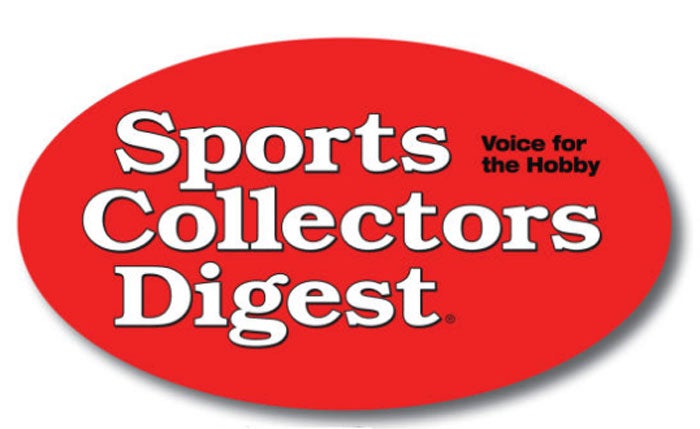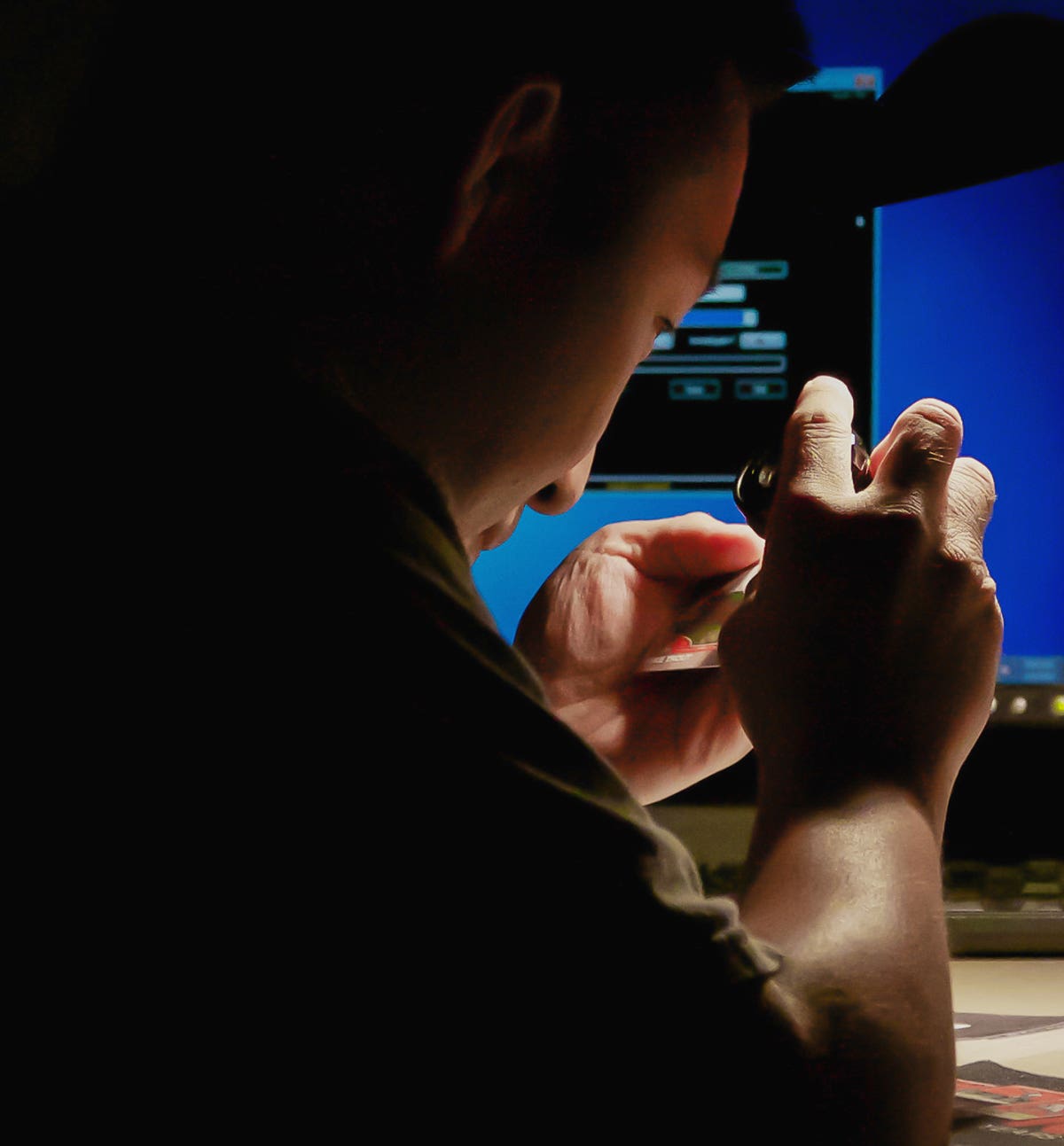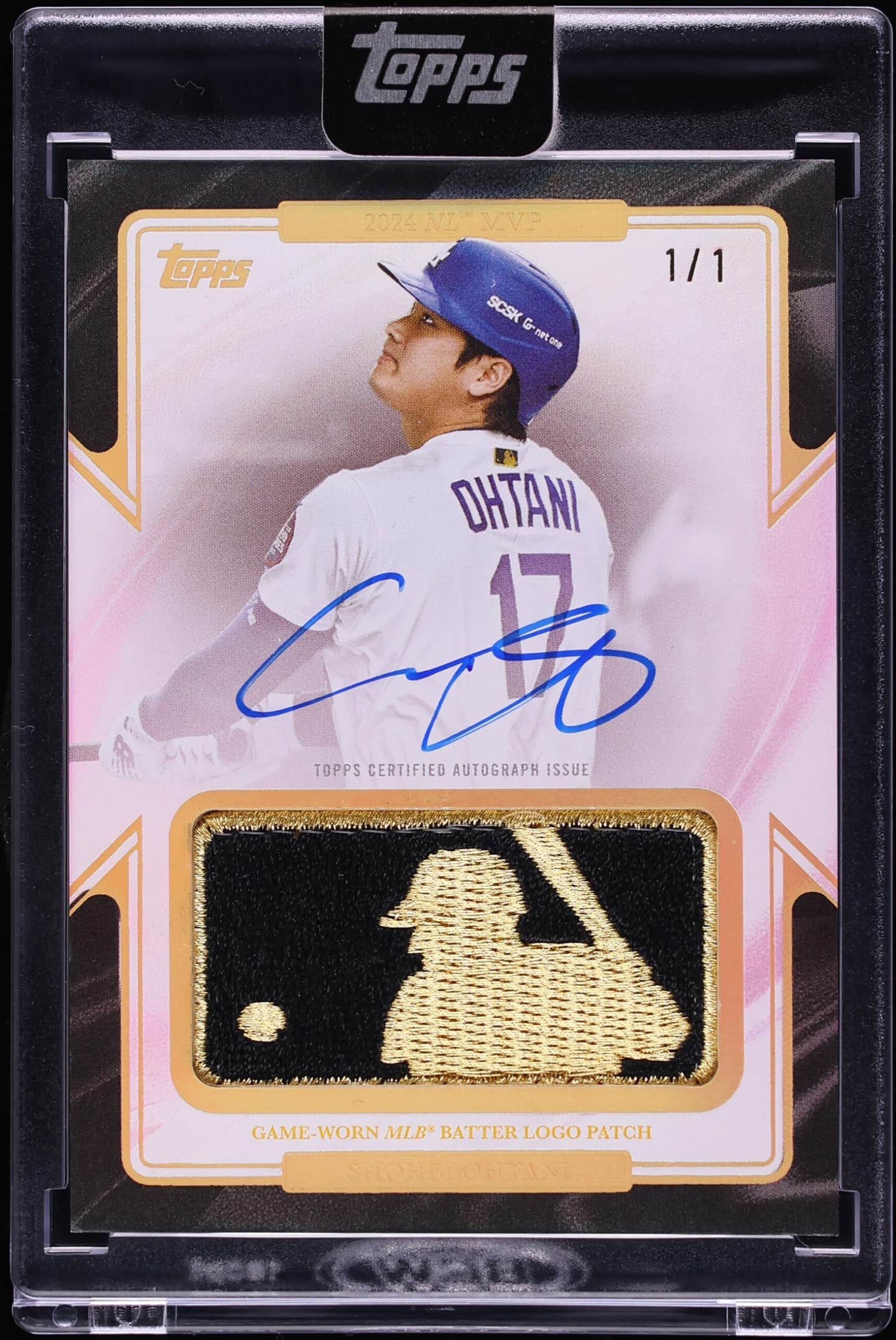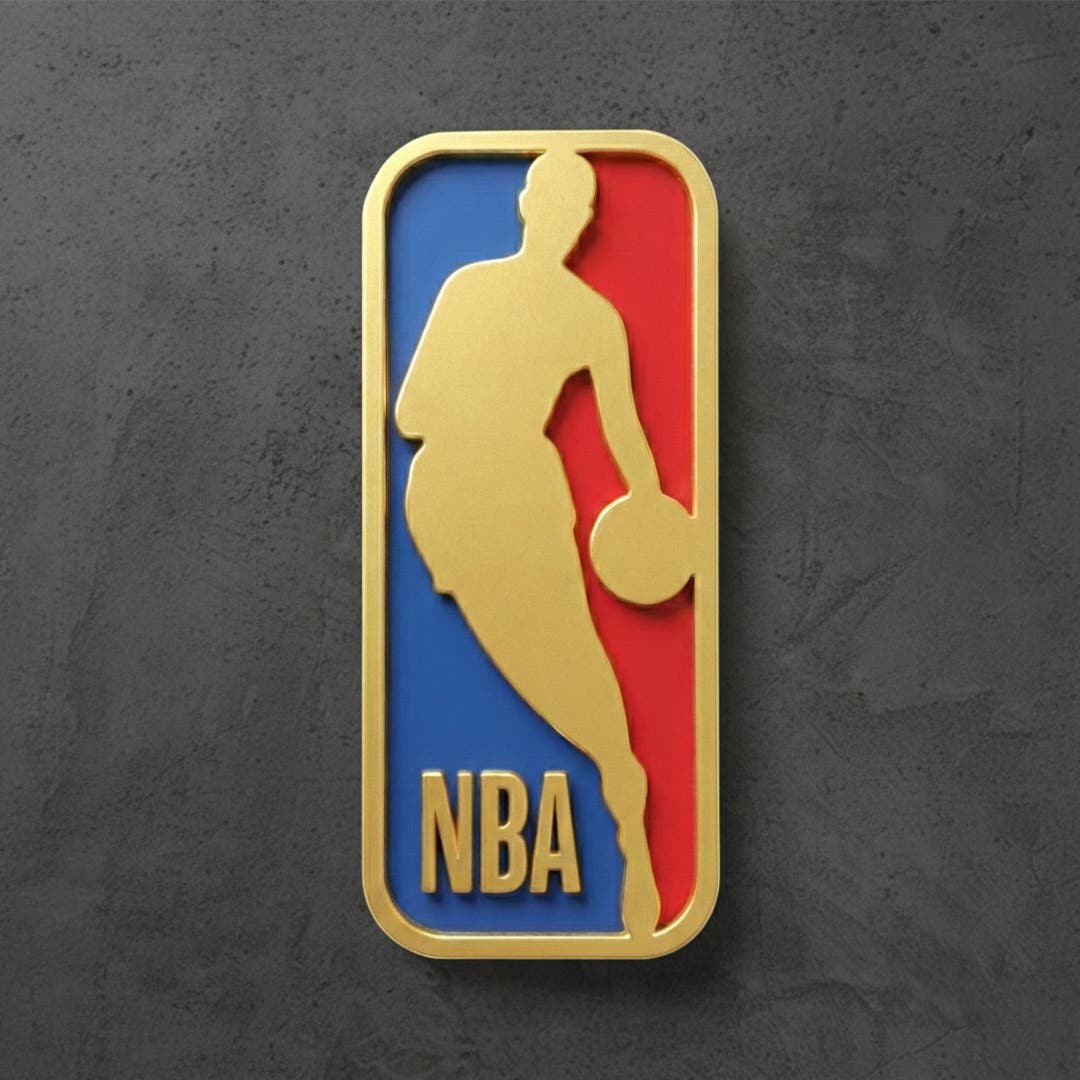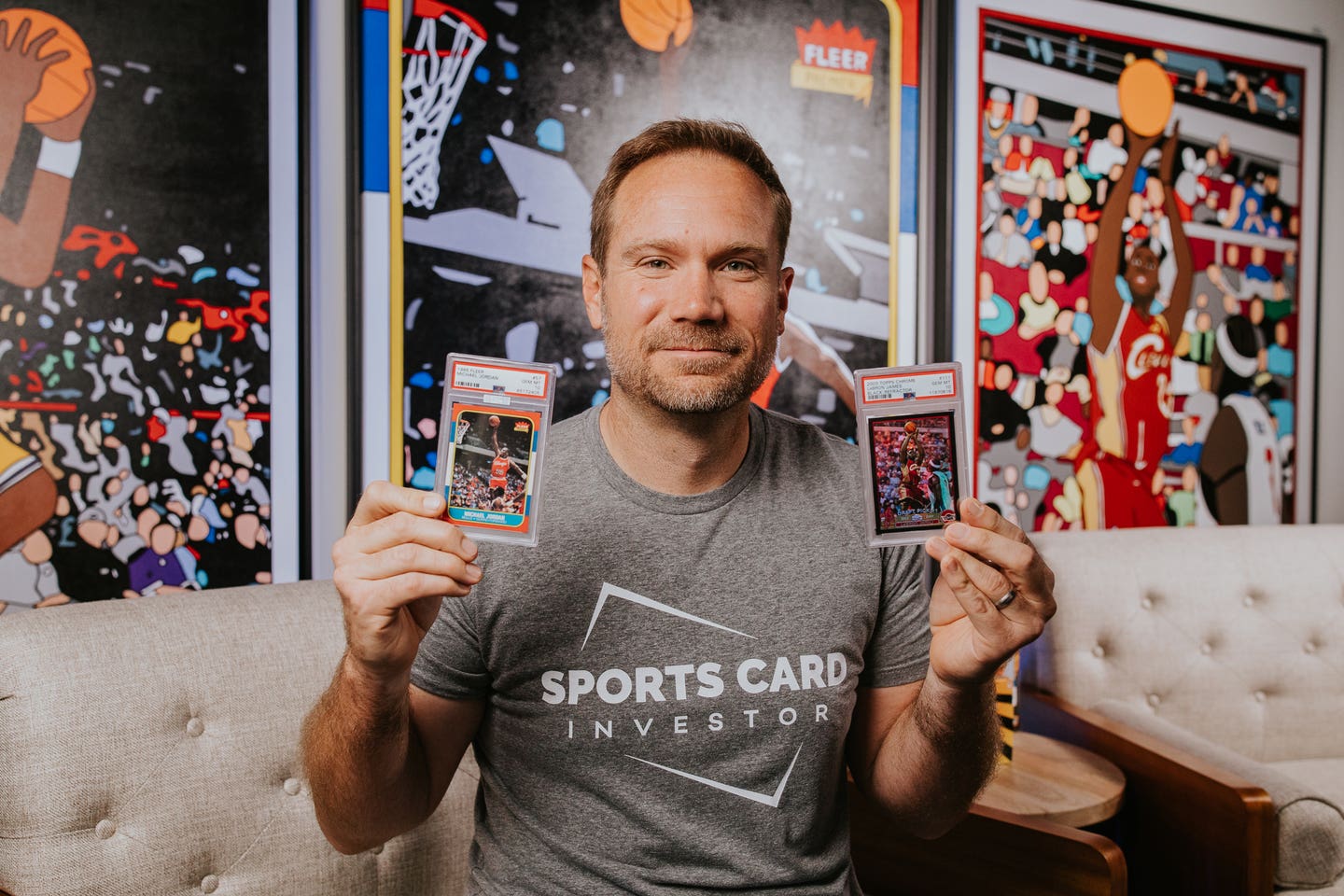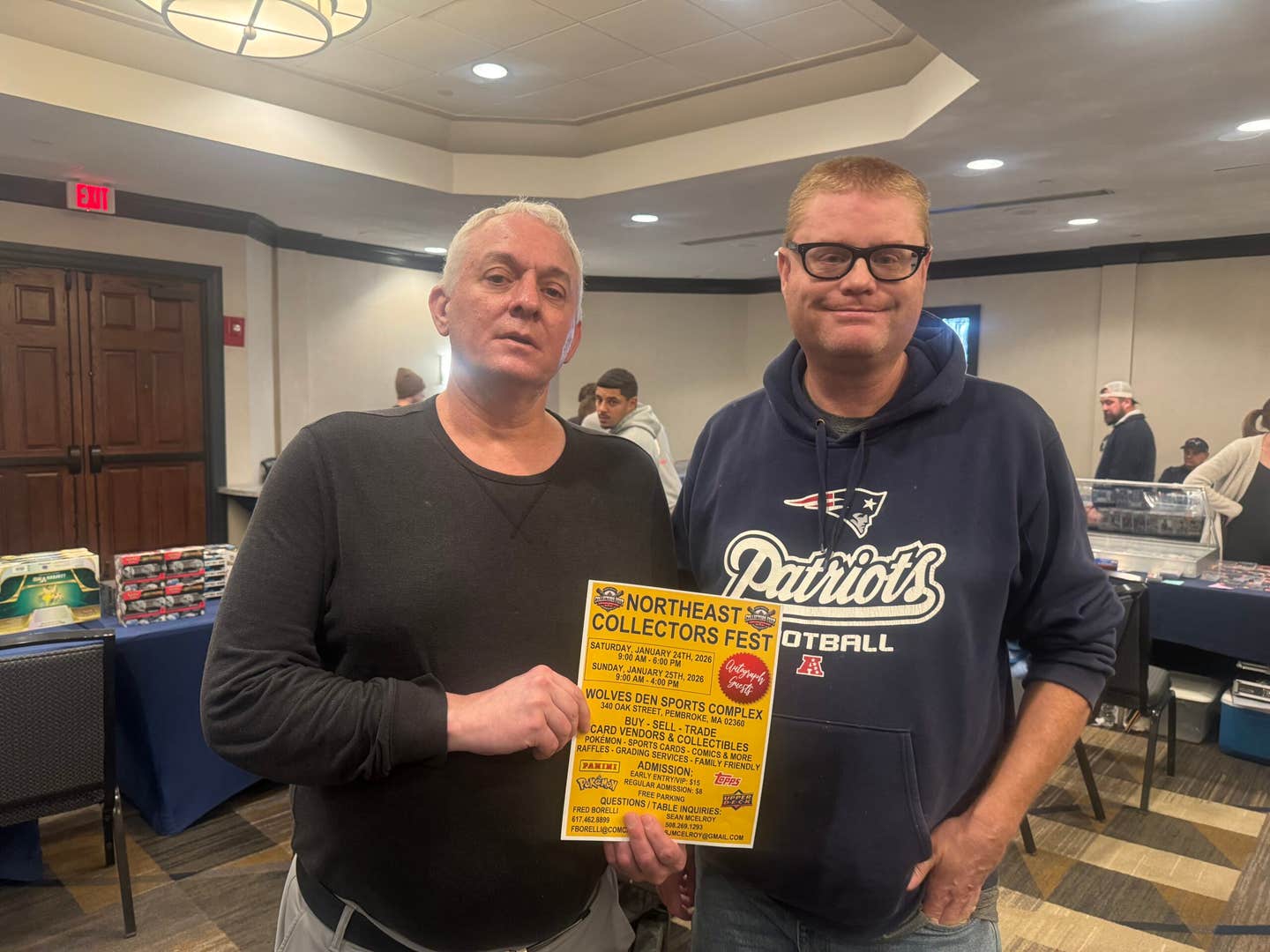News
With no steroids, how did Griffey hit all those homers? …
Not sure of what to make of the Ken Griffey Jr. situation in Seattle. The “book” on Griffey is as inconsistent as his play has been over the second half of his career. His tenure in his ostensible hometown Cincinnati was stormy and unsatisfying for just about all concerned; his return to Seattle was a public relations triumph if something short of an artistic one.
But now we have to contend with reports of sleeping in the clubhouse when he might have been useful as a pinch-hitter, a baseball faux pas coming amid a pronounced season-opening slump that has left him homerless and hovering near the Mendoza Line.
While the Seattle fans have reportedly embraced the return of the once prodigious prodigal son, it’s unlikely that patience will last indefinitely, especially in light of the fact that the club is struggling to get going.
I can remember attending the closing game at Riverfront Stadium in 2002 and was startled by the contemptuous reaction of several Cincy sportswriters when Griffey’s name came up. It bespoke of an animosity seemingly out of kilter with the joyful, carefully crafted public persona of the great slugger, a bit of cognitive dissonance not unlike what older fans must wrestle with when reconciling the timeless images of Willie Mays playing stickball with children on the streets of Harlem vs. the crotchety old man that has held sway for most of the nearly four decades since “Say Hey” changed to “Say What?”
But to me there’s a more curious bit of conflicting data surrounding Griffey: figuring out how to make sense of his monster home run spree from 1996-99. It’s way past conventional wisdom that Griffey is regarded as the rare superstar slugger deemed to have been untouched by the pharmaceutical mischief that prevailed from, say, 1990 to 2004. And yet, he was right there in the middle of the greatest power surge the game has ever witnessed over such a brief span.
If we sit back and piously announce that all of the home run totals from the period of 1995-2004 are tainted, how do we account for the PED-free Kid? Obviously, he turned 27 as the 1996 campaign unfolded, and so was smack dab in the prime of this athletic career, but still.
Griffey averaged 52 home runs per season from 1996-99 – not quite Bonds, McGwire or Sosa stratosphere, but not too shabby. It’s also arguably the greatest stretch of home run efficiency for somebody not squirming under that PED cloud, noting that the rate is higher than even The Babe’s great stretch from 1927-30.
My point is not that we should question whether Griffey was clean; that seems to be universally accepted, and who am I to dispute that? But unless you write it all off as nothing more than coincidence, I don’t know what to make of the fact that the preeminent “clean” guy just happened to have a goofy power surge at the exact same time as the “cheaters.”
Seems to me that it suggests there were other factors at play to help explain why home run inflation got so troublesome back then.
Can you say “juiced baseball?” Let’s see: strike in 1994, major-league fan backlash almost immediately, panic sets in and suddenly (with a bit of time lapsed to allow for using up old rawhide inventory), the baseballs start to fly out of the stadiums with reckless abandon.
Next thing you know, I’ll be seeing black helicopters outside the left field wall.

